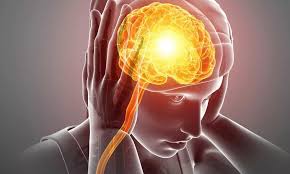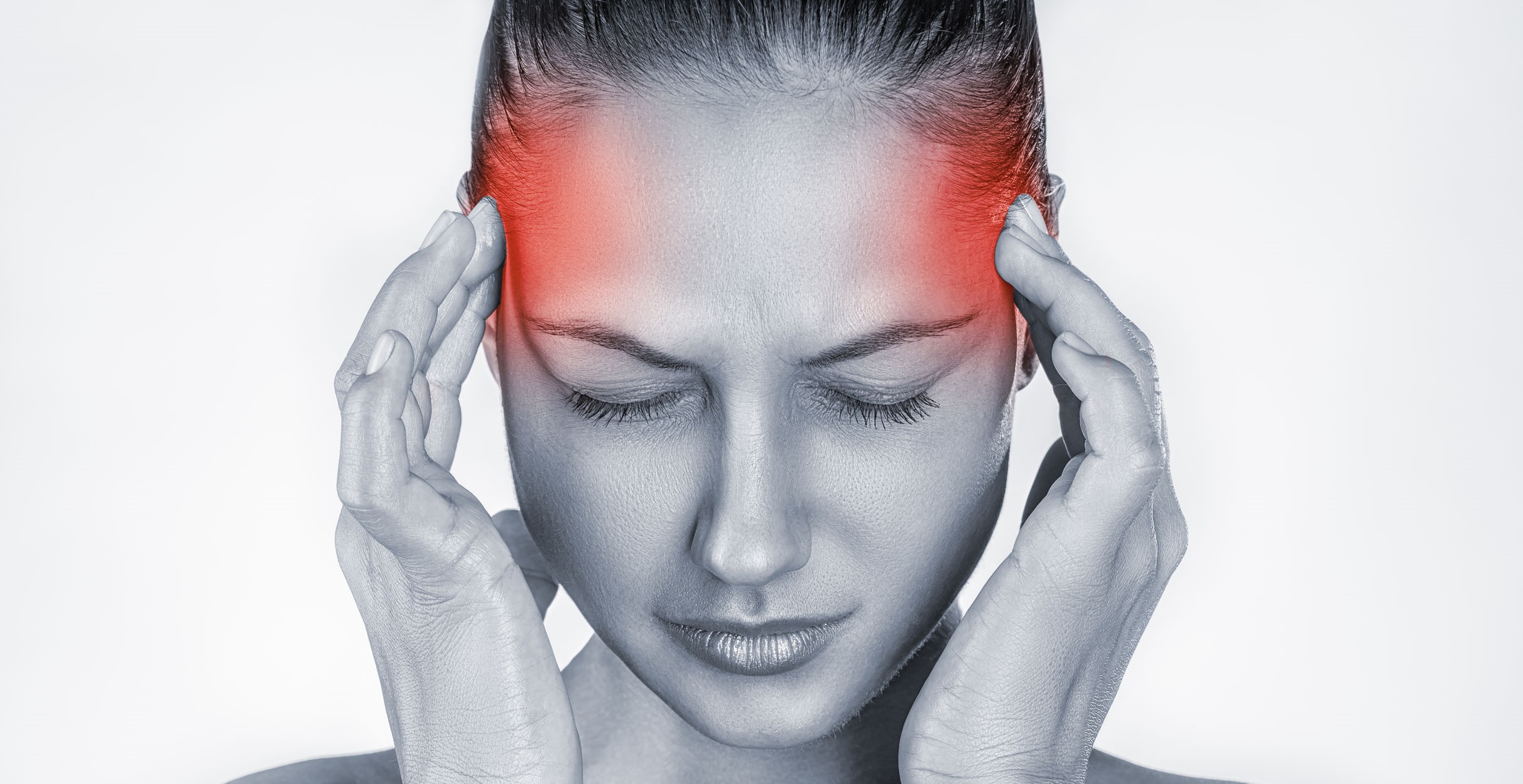Headache, Migraine, Pain, Pulsing sensation, Pulsating, Throbbing, Perforating, Pounding, Debilitating.
What is a Migraine?
Migraine is a headache that can cause severe throbbing pain or a pulsing sensation, usually on one side of the head. It’s often accompanied by nausea, vomiting, and extreme sensitivity to light and sound. Migraine attacks can last for hours to days, and the pain can be so severe that it interferes with your daily activities.
Root Cause of Disease
The cause of migraine headaches is complicated and not fully understood. When you have a headache it’s because specific nerves in your blood vessels send pain signals to your brain. This releases inflammatory substances into the nerves and blood vessels of your head. It’s unclear why your nerves do that.
Types of migraines
Migraine with aura (complicated migraine):
Migraine with aura (also called classic migraine) is a recurring headache that strikes after or at the same time as sensory disturbances called aura. These disturbances can include flashes of light or tingling in your hand or face.
Migraine without aura (common migraine):
Migraine without aura is the most common type of migraine. ‘Aura’ is a warning sign of a migraine. It is most commonly a symptom that affects your sight, such as blind spots or seeing flashing lights.
You’ll have temporary paralysis (hemiplegia) or neurological or sensory changes on one side of your body. The onset of the headache may be associated with temporary numbness, extreme weakness on one side of your body or vision changes.
Retinal migraine (ocular migraine):
You may notice temporary, partial or complete loss of vision in one of your eyes, along with a dull ache behind the eye that may spread to the rest of your head. That vision loss may last a minute, or as long as months.
Chronic migraine:
A chronic migraine is when a migraine occurs at least 15 days per month.
With this migraine, you’ll have vertigo, slurred speech, double vision or loss of balance, which occur before the headache. The headache pain may affect the back of your head.
Status migrainosus:
This is a rare and severe type of migraine that can last longer than 72 hours. The headache pain and nausea can be extremely bad.
Symptoms
The primary symptom of migraine is a headache. Migraines, which affect children and teenagers as well as adults, can progress through four stages:
- Prodrome
- Aura
- Attack
- Post-drome
Not everyone who has migraines goes through all stages.
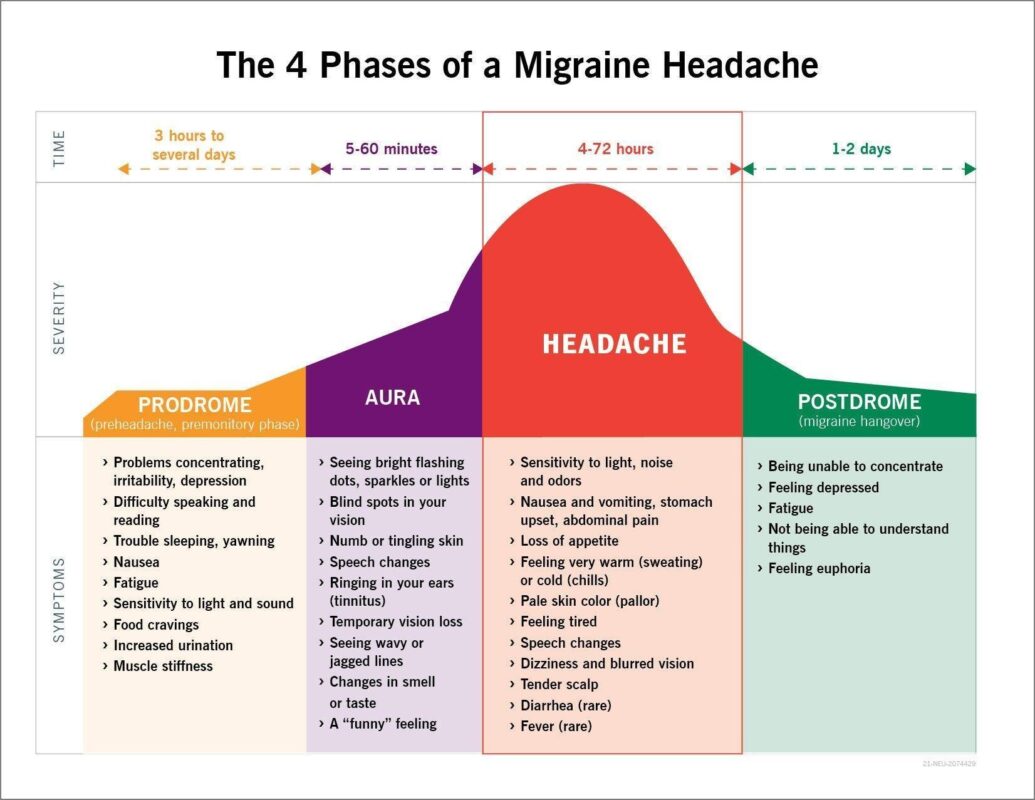
Other symptoms of migraine headaches include:
- Sensitivity to light, noise and odors
- Nausea and vomiting, upset stomach and abdominal pain
- Loss of appetite
- Feeling very warm (sweating) or cold (chills)
- Pale skin color (pallor)
- Feeling tired
- Dizziness and blurred vision
- Tender scalp
- Diarrhoea (rare)
Causes
Migraine attacks can be triggered by a variety of factors:
Emotional stress: It is one of the most common triggers of migraine headaches. During stressful events, certain chemicals in the brain are released to combat the situation (known as the “flight or fight” response). The release of these chemicals can bring on a migraine.
Caffeine: Having too much caffeine or withdrawal from caffeine can cause headaches when the caffeine level abruptly drops. Your blood vessels seem to become sensitized to caffeine and when you don’t get it, a headache may occur.
Daily use of pain-relieving medications: If you use medicine meant to relieve headache pain too often, that can cause a rebound headache.
Home Remedies to treat Migraine
Remedy – 1: Panchakarma therapy
Panchakarma therapy is meant to detoxify, or purify, the body. This is said to remove toxins contributing to your migraine.
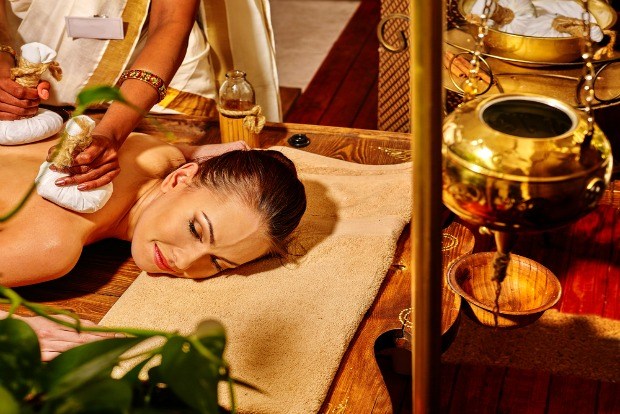
Examples of purification treatments include:
- Pouring medicated oil into the nose (nasya karma)
- Whole body oil massage
- Eating medicated ghee
- Sweating therapy
Remedy – 2: Essential Oil Anti-Pain Massage
Materials:
- 1 tablespoon (15 ml) carrier oil (try almond, apricot, or olive)
- 3 to 5 drops peppermint essential oil
Procedure:
Place the oils in a clean, small jar. Cover tightly with a lid. Shake until combined. Massage into sore areas: neck, shoulders, jaw, or temples. Take care not to touch your eyes. When finished, lie down in a quiet place with your eyes shut.
Product link: Essential oils
Remedy – 3: Yoga
Yoga is an ancient practice that brings together your mind and body. It incorporates various breathing techniques and poses to promote relaxation.
By calming your mind and body, yoga helps ease stress and anxiety and may also reduce sensitivity to pain, including migraine pain.

Poses that may be especially beneficial for migraine relief include:
- Childs Pose
- Downward facing Dog Pose
- Bridge Pose
Remedy – 4: Ksheera Ghrita
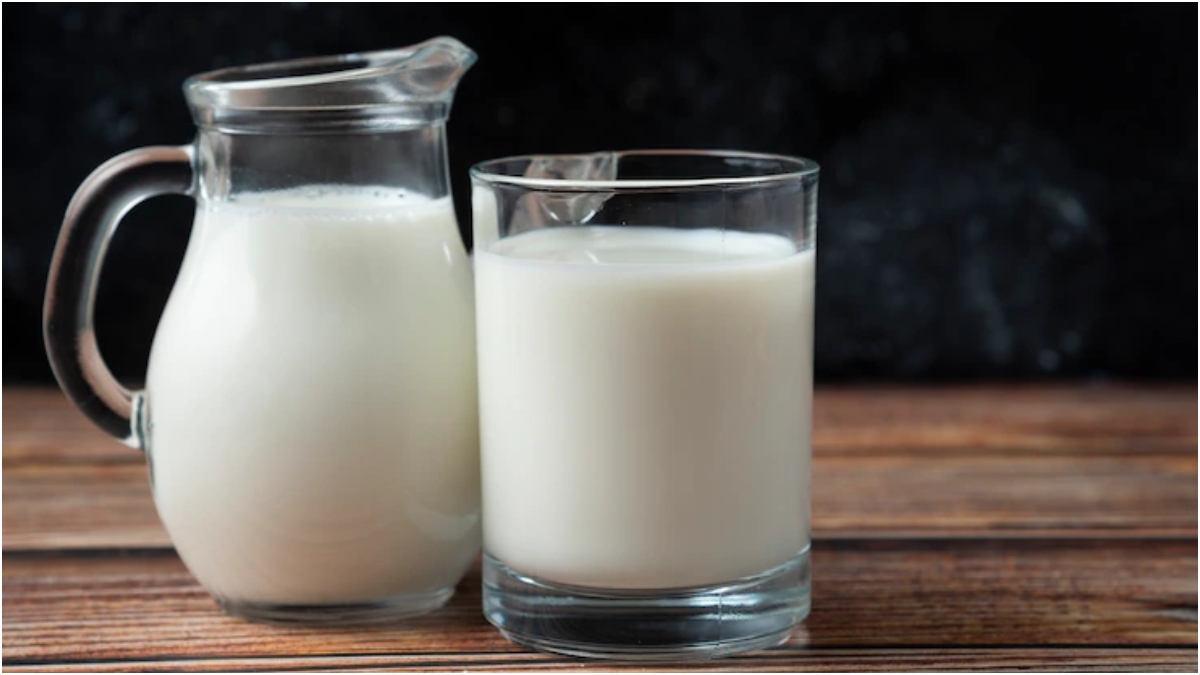
Ksheera Ghrita, which is essentially a glass of milk mixed with ghee, is a fantastic natural drink to effectively mend migraine headaches. The wealth of nutrients such as calcium, proteins, healthy fats, vitamin D and vitamin E all work in synergy, to uplift mood, stimulate the nervous system, enhance productivity and regulate metabolism, thus pacifying throbbing pain in the head due to migraines.
Remedy – 5: Ginger-Feverfew Elixir
Materials:
- 2 cups (235 ml) water
- 1 teaspoon (3 g) finely grated fresh ginger,
- Packed 1 teaspoon (2 g) chopped fresh feverfew leaves, or 1⁄2 teaspoon dried Honey or agave nectar
Procedure:
Bring the water to a boil. Add the ginger and simmer, uncovered, for 10 minutes. Remove from the heat and add the feverfew leaves. Cover and steep for 15 to 20 minutes. Strain out the ginger and feverfew. Stir in honey to taste, and serve hot.
Product link: Ginger-Feverfew Elixir
Remedy – 6: Honey-Cinnamon Coffee
Materials:
- 1 cup (235 ml) freshly brewed coffee
- 1⁄4 cup (60 ml) almond or other non dairy milk
- 1⁄4 teaspoon vanilla extract
- 2 tablespoons (40 g) honey
- 1⁄4 teaspoon ground cinnamon

Procedure:
In a saucepan, combine the coffee, non dairy milk, and vanilla. Warm until hot, but do not boil. Stir in the honey until dissolved. Stir in the cinnamon.
Product link: Honey
Remedy – 7: Ice with Lavender Oil
Materials:
- 1⁄2 cup (115 g) crushed ice
- 3 drops lavender essential oil
Place the ice in a resealable plastic bag and seal.(A good substitute is a bag of frozen peas or corn.) Wrap the bag of ice in a damp washcloth and secure it with a safety pin. Dot the essential oil onto the cloth and spread across the cloth with your fingertips. Apply the wrapped bag to the painful area, with the cloth against your skin.
Product Link: Lavender oil
Preventions
- Learn the foods, smells, and situations that trigger your migraine attacks and avoid those things when possible
- Stay hydrated. Dehydration can lead to both dizziness and headaches
- Avoid skipping meals when possible
- Focus on quality sleep. A good night’s sleep is important for overall health
- Quit smoking
- Make it a priority to reduce stress in your life
- Invest time and energy in developing relaxation skills
- Exercise regularly. Exercise has been linked to lowered stress levels

